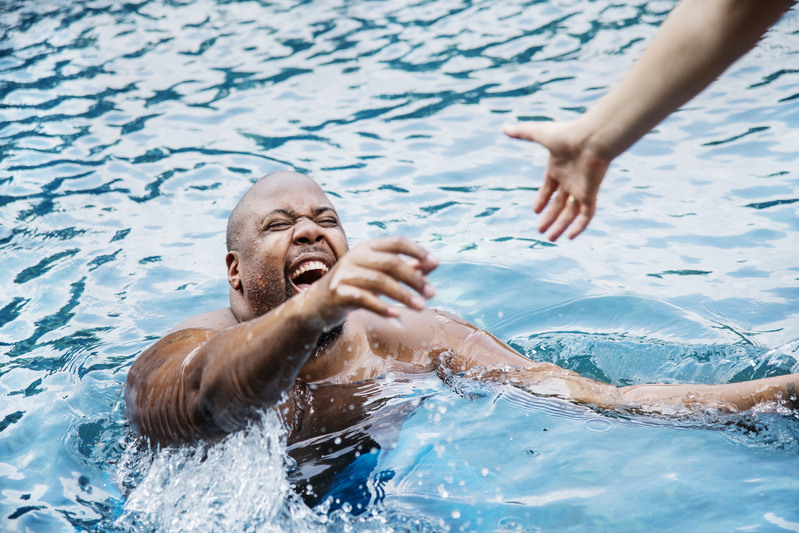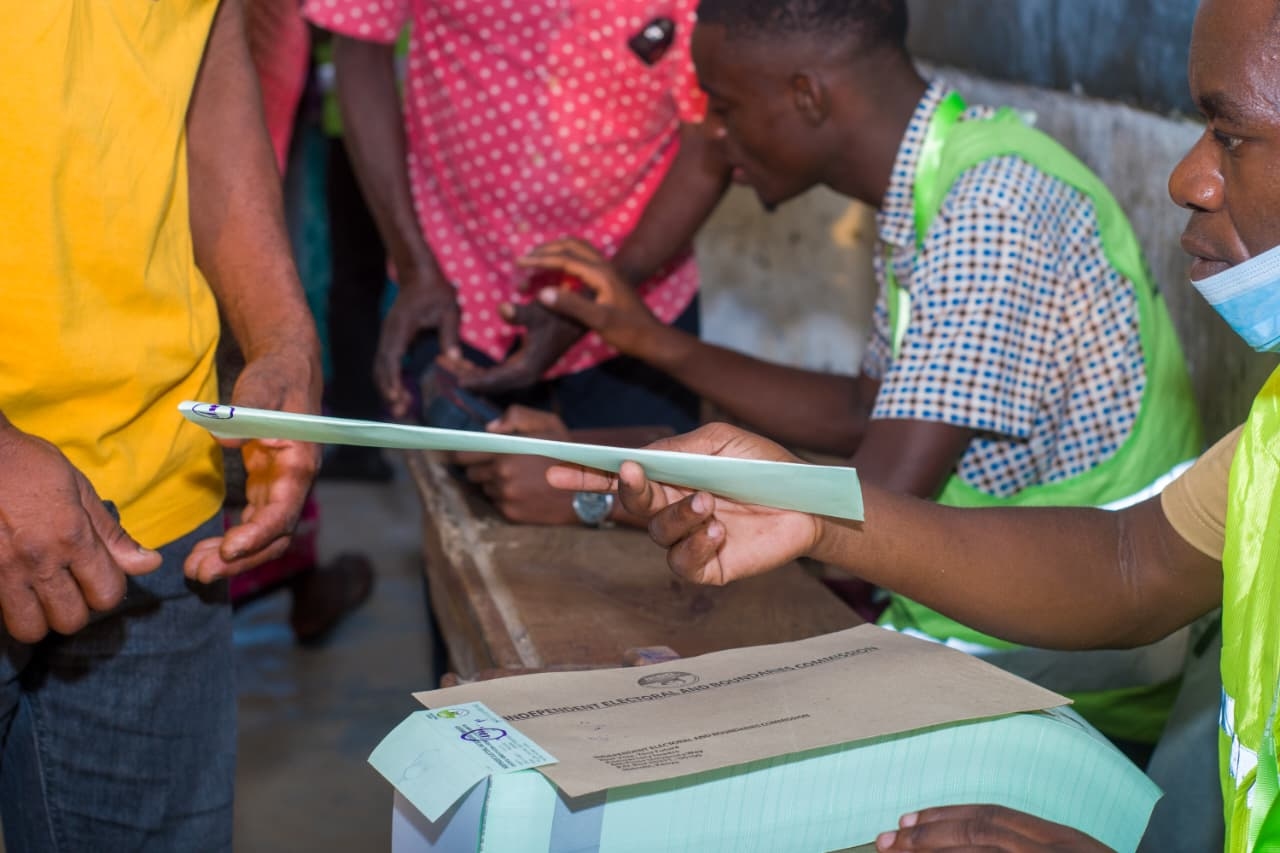Calls for safety awareness as world marks Drowning Prevention Day

According to World Health Organization (WHO)'s statistics, over the last decade at least three million people have lost their lives to drowning.
The world is marking Drowning Prevention Day today, a global advocacy event held annually to highlight the tragic and profound impact of drowning on families and communities and offer lifesaving solutions to prevent it.
According to the World Health Organisation's statistics, over the last decade, at least three million people have lost their lives to drowning.
More To Read
- WHO warns of rising antimicrobial resistance in fungal infections
- Kenya steps up border checks as Ethiopia confirms outbreak of Marburg Virus Disease
- Ending violence against women ‘a matter of dignity, equality and human rights’
- UN calls for legal safeguards for AI in healthcare
- Violence is a normal part of life for many young children: Study traces the mental health impacts
- Ethiopia confirms Marburg virus disease outbreak, nine cases reported so far
Out of these, 1,200 are estimated to happen in Kenya annually, as drowning remains a major cause of death for children and young adults.
WHO, however, notes that though there has been a decrease in drowning deaths globally since 2000, over 300,000 lives are still lost each year.
WHO adds that sex, age, poverty and inequality are all risk factors for drowning.
"The drowning death rate among males is at least twice as high as females. Studies show that there is a higher danger of drowning among migrants in the Mediterranean, and global literature suggests that drowning disproportionately affects poor and marginalised people, with the rate of drowning 3.2 times higher in low-income countries than in high-income countries," the organisation says.
Other factors that increase the risk of drowning include: proximity to inland bodies of water like lakes, rivers and ponds, and to swimming pools and the sea; being an adolescent or youth; the prevalence of water-based recreational activities; flash floods; overcrowding on boats; illegal migration; fishing; bad weather and lack of supervision.
Some countries have successfully introduced interventions to reduce death rates, but the most prevalent safety interventions are free weather alert services, disaster and weather warning systems, building community disaster resilience and search and rescue services.
Public safety interventions, including daily preschool services, water safety training and the placement of physical barriers in high-risk areas, have also been implemented, though to a lesser extent.
Teaching communities about water safety and developing national drowning prevention plans help keep people safe around water.
"Countries can save more lives from drowning by promoting policy dialogue involving all sectors, increasing research to better understand drowning risks, and developing interventions and conducting public awareness campaigns that target those most at risk," WHO advises.
According to Emergency Medicine Kenya Foundation, the process of drowning begins when the victim's airway is submerged below the surface of the water, after which the victim struggles to hold breath before beginning to lose consciousness.
"While above the water, a child will typically struggle for only 20 seconds before they become submerged. In contrast, an adult will struggle for approximately 60 seconds before they become submerged," the organisation explains.
Unconsciousness typically occurs within four to six minutes of submersion.
Top Stories Today














































